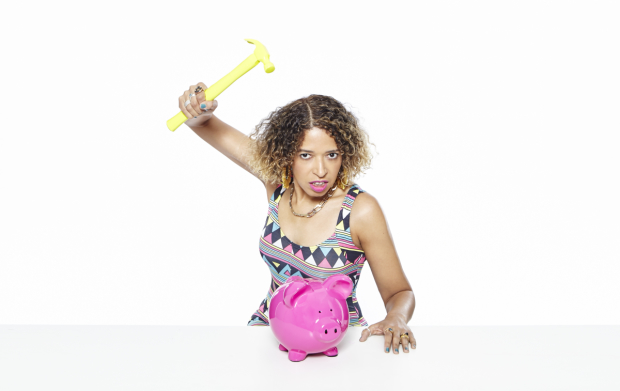Is performing at the Fringe worth the costs?
With escalating costs hitting performers, Paula Varjack asks if appearing at the Fringe is still a good investment

A few years ago I was talking to an artist at the Fringe who I assumed was one of the rare few who made a profit at the festival. He had two years of four star shows at one of the big four venues. Massive posters around Edinburgh featured his face. He had won awards. So I was surprised when I asked him how much money he would make, and he laughed and said even with sell out shows, he would walk with a loss of almost £2,000.
I spoke to more artists of the same profile and kept hearing the same. Producer Ruby Glaskin of Milk Presents said "We will be bringing back JOAN for one week, a show that last year won three fringe awards and has subsequently toured nationally. But it lost money last year and it will lose this year."
The cost of bringing a show impacts on the work that is made, limiting artists’ scope to scale up their work
Many consider this a worthwhile investment, as Glaskin added "The reviews and the industry recognition we can get in three weeks can take years anywhere else. It’s also extremely helpful to see where you sit in relation to other art that is being made."
Theatremaker Rachel Mars agrees "At the Fringe I've met people and had conversations that have led to work and collaboration".
But with costs of bringing a show ever increasing, independent producer Rebecca Atkinson-Lord warned "artists need to remember that the Fringe is a trade fair as much as anything and budget accordingly. If you don’t forsee recouping losses through touring then don’t risk more than you can afford to lose".
"On one occasion we were left in such debt after the Fringe that it had huge consequences for the company." Glaskin also told me. "We actually had to stop all activity for several months as we simply didn’t have the money to pay anyone or for anything – not even tube fares to get to meetings! Morale hit an all time low meaning we even lost our enthusiasm for our work."

Atkinson-Lord cites the practice of well funded venues expecting free tickets as part of the reason it can be so hard. "It’s shocking that heavily funded NPO venues come to the fringe expecting to be given complimentary tickets by artists who are struggling financially without funding. It’s exploitative and irresponsible. NPOs have taken more than £700 worth of tickets for my shows this year – that’s money that now won’t go to the artists to help cover costs."
The cost of bringing a show also impacts on the work that is made, limiting artists’ scope to scale up their work. Mars says the festival "can create a market for fast-to-mount one or two person shows in the UK touring scene, making it tricky to create and tour anything else without huge subsidy or a venue giving financial support at an early stage".
So despite the financial risk, most will continue to bring shows to the Fringe. How can we all respect the risk artists take to come here? Atksinson-Lord suggests one way "Always pay for a ticket if you possibly can. Tweet and talk about and support artists by becoming an ambassador for the work you have enjoyed".
Paula Varjack performed Show Me The Money daily at the Edinburgh Fringe until 13 August. She couldn’t afford to do the whole run of the Fringe! For more information about her upcoming work head to her website.
















